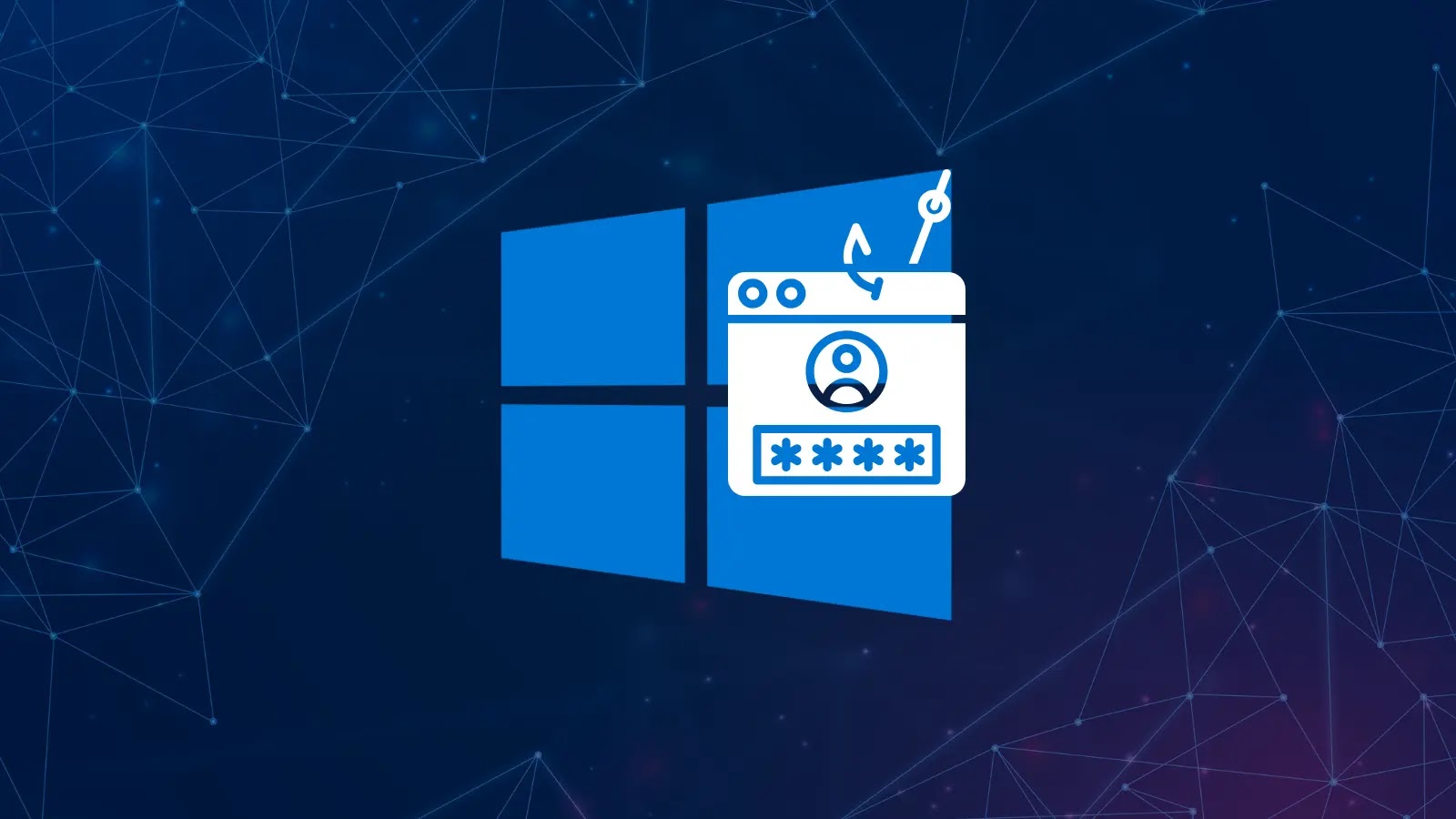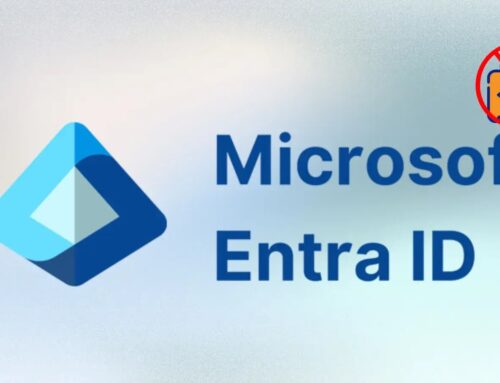
Hackers Can Exfiltrate Windows Secrets and Credentials Silently by Evading EDR Detection
In the relentless cat-and-mouse game of cybersecurity, attackers constantly refine their techniques to bypass conventional defenses. A concerning new method has emerged, allowing threat actors to silently exfiltrate sensitive Windows secrets and credentials, effectively evading detection from most Endpoint Detection and Response (EDR) solutions. This breakthrough for adversaries poses a significant threat, enabling them to move laterally across networks unhindered after an initial compromise, all without triggering the security alerts that typically characterize such activities.
The Silent Threat: Bypassing EDR for Credential Theft
The core of this sophisticated exfiltration technique lies in its ability to operate below the radar of EDR systems. Traditional EDR solutions often rely on behavioral heuristics, process monitoring, and signature-based detection to flag suspicious activities. However, this new method manages to mimic legitimate system behavior or leverage inherent Windows functionalities in ways that do not trip these alarms.
The implications are profound. Once an attacker gains a foothold on a Windows machine, even with limited privileges, they can harvest critical credentials – including those of domain administrators – and then use these to navigate deeper into the network. This lateral movement is frequently the most difficult stage for attackers, as it often involves activities that are more easily detectable. By making this process silent, the attack significantly increases its chances of success and minimizes the window of opportunity for defenders to respond.
Understanding Windows Secret Management
To fully grasp the mechanism of this silent exfiltration, it’s essential to understand how Windows itself manages secrets and credentials. At the heart of this lies the Local Security Authority (LSA).
- Local Security Authority (LSA): The LSA is a protected Windows process (lsass.exe) responsible for enforcing security policies on the system. This includes user authentication, managing local security principles, and storing security-sensitive information.
- Credential Storage: The LSA stores various types of credentials in its memory space, including:
- Password Hashes: NTLM and sometimes Kerberos hashes for logged-on users.
- Kerberos Tickets: TGTs (Ticket Granting Tickets) and service tickets.
- Clear-text Passwords: In very specific, often misconfigured, scenarios or during certain authentication flows, clear-text passwords may temporarily reside in memory.
- Protected Process Light (PPL): Modern Windows versions utilize Protected Process Light (PPL) to secure critical system processes like
lsass.exe. PPL prevents unauthorized processes from injecting code or reading memory from protected processes, making it harder for conventional tools to dump credentials. Any effective exfiltration method must find a way around or through PPL.
The new method likely leverages a nuanced understanding of how LSA handles these secrets, finding edge cases or subtle process interactions that allow for extraction without directly violating PPL protections in a way that EDR would recognize as malicious.
Remediation Actions for Enhanced Defense
Addressing this stealthy threat requires a multi-layered and proactive security strategy. While specific CVEs related to this broad technique of EDR evasion for credential exfiltration are often dynamic and exploit-specific, the overarching principle points to the need for robust defensive measures.
- Implement LSA Protection (PPL): Ensure that Local Security Authority Protection (PPL) is fully enabled and configured on all Windows endpoints and servers. This significantly increases the difficulty for attackers to dump credentials from memory.
- Regular Patch Management: Keep all Windows operating systems and applications up to date with the latest security patches. Many advanced attacks exploit known vulnerabilities to gain initial access or elevate privileges.
- Principle of Least Privilege: Enforce the principle of least privilege rigorously. Users and applications should only have the minimum necessary permissions to perform their functions. This limits an attacker’s lateral movement capabilities even if they compromise a low-privileged account.
- Strong Authentication Methods:
- Multi-Factor Authentication (MFA): Implement MFA for all sensitive accounts, especially administrators and critical service accounts. This significantly reduces the impact of compromised credentials.
- Privileged Access Workstations (PAWs): Use dedicated, hardened PAWs for administrative tasks. These isolated workstations minimize the exposure of high-privilege credentials to compromised environments.
- Network Segmentation: Segment your network to restrict lateral movement. Even if an attacker gains a foothold in one segment, effective segmentation can prevent them from reaching critical assets in other segments.
- Advanced EDR/XDR Capabilities: While the method aims to evade EDR, continuously evaluate and invest in EDR/XDR solutions that offer advanced behavioral analytics, machine learning, and threat hunting capabilities. Look for solutions that focus on detecting anomalous patterns of access and credential usage rather than just known signatures.
- Credential Guard and Device Guard: For Windows 10/11 and Windows Server 2016+, enable Credential Guard and Device Guard. Credential Guard uses virtualization-based security to protect LSA secrets, while Device Guard helps protect against malware by enforcing code integrity policies
- Regular Security Audits and Penetration Testing: Conduct regular security audits and penetration tests to identify weaknesses in your defenses, including potential pathways for credential theft and lateral movement.
Detection and Mitigation Tools
While no single tool is a silver bullet, a combination of the right technologies and practices can significantly enhance your ability to detect and mitigate these advanced threats. This table outlines some relevant tools and their purposes:
| Tool Name | Purpose | Link |
|---|---|---|
| Sysinternals Procmon | Advanced monitoring tool for Windows processes, file system, registry, and network activity. Can help in forensic analysis to detect anomalous process behavior. | https://learn.microsoft.com/en-us/sysinternals/downloads/procmon |
| Microsoft Defender for Endpoint (MDE) | Advanced EDR capabilities, behavioral analytics, and threat hunting. Continually updated to detect new evasion techniques. | https://www.microsoft.com/en-us/security/business/threat-protection/microsoft-defender-for-endpoint |
| BloodHound | Tool for mapping attack paths in Active Directory environments, helping to identify potential lateral movement routes. | https://github.com/BloodHoundAD/BloodHound |
| Group Policy Management Console (GPMC) | For configuring and enforcing security policies like LSA Protection (PPL) and Credential Guard. | https://learn.microsoft.com/en-us/windows/security/threat-protection/windows-security-baselines/security-baselines-overview |
Conclusion
The ability for attackers to silently exfiltrate Windows secrets and credentials, bypassing readily available EDR solutions, represents a significant escalation in the ongoing cybersecurity arms race. This method dramatically lowers the risk for threat actors engaged in lateral movement, making early detection and response more challenging. Organizations must move beyond reliance on signature-based or simplistic behavioral EDR and embrace a holistic security approach. This includes enforcing robust access controls, implementing strong authentication, segmenting networks, enabling advanced Windows security features like PPL and Credential Guard, and investing in advanced threat intelligence and proactive threat hunting. Remaining vigilant and adapting defensive strategies to counter these evolving stealth techniques is paramount for protecting sensitive data and maintaining network integrity.





